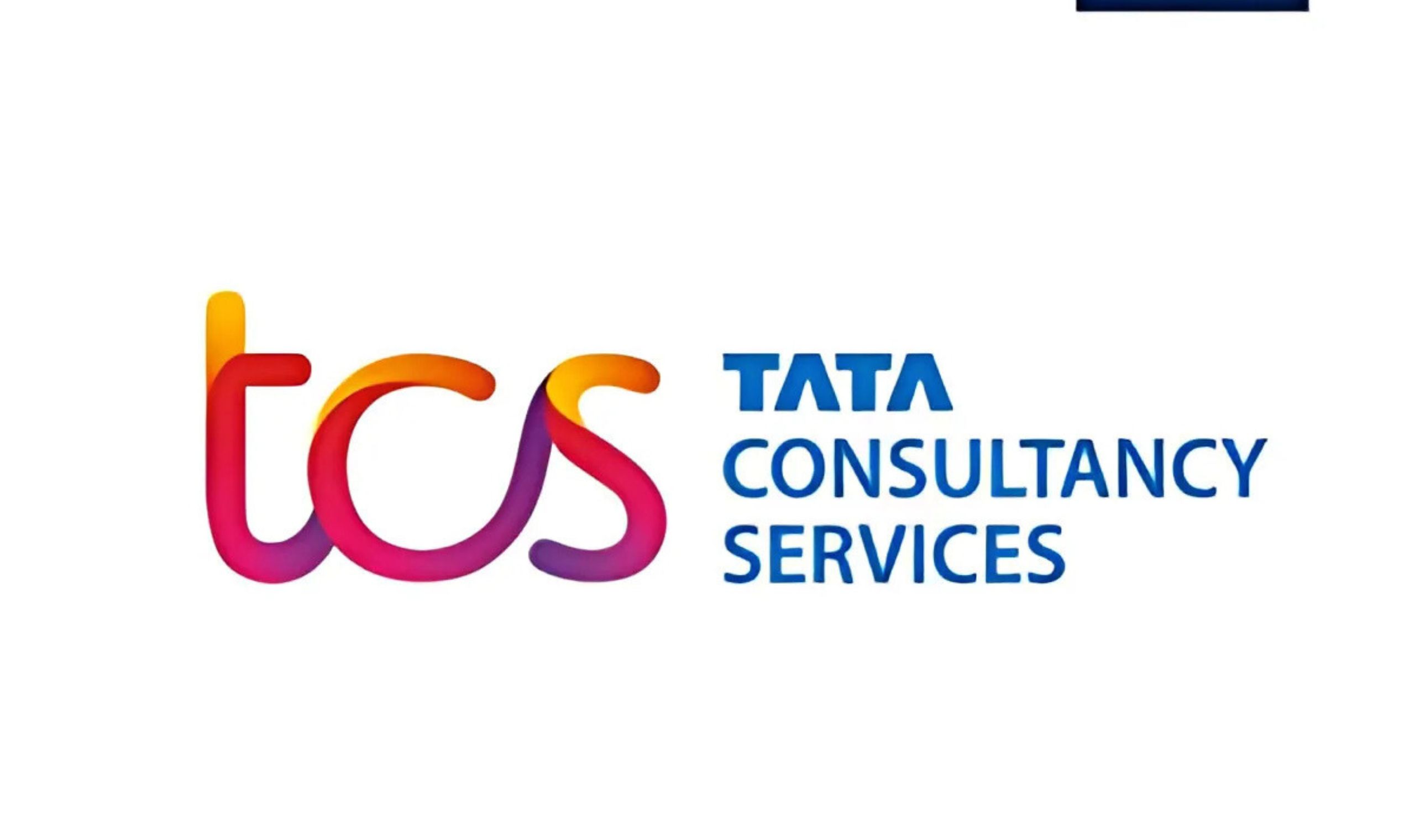Muthoot Finance, India’s prominent non-banking finance company (NBFC), witnessed its stock price decline steeply in the recent past. Its stock plunged by more than 8% on April 11 to an intraday low of ₹1,965 a share. This decline comes in the wake of new regulatory changes introduced by the Reserve Bank of India (RBI) for the gold loan sector, which directly impacts Muthoot Finance’s core business. In this blog post, we’ll explore the reasons behind the stock slump, the details of the new RBI guidelines, and the broader implications for Muthoot Finance and the gold loan industry.
Overview of Muthoot Finance
Muthoot Finance is a leader in India’s gold loan sector, providing gold loans against gold jewelry. Its business model lies in offering capital access to customers who require funds quickly by putting their gold on the line. It is a leading player in the gold loan sector, possessing a significant share of the market and providing its services over a large geographical zone in India.
As of recent updates, gold loans constitute 98% of Muthoot Finance’s overall Assets Under Management (AUM). With increasing demand for gold-backed lending in India, particularly among lower-income groups, Muthoot Finance has seen tremendous growth in the last few years. The reach of the company is considerable, and it is a significant player in India’s financial market, even though it is a relatively small company compared to the larger banks.
The RBI’s New Guidelines for Gold Loans
On April 9, 2025, the Reserve Bank of India (RBI) released new draft guidelines for gold loan lenders. The regulations aim to streamline processes and enhance transparency in the gold loan business, especially with regard to the valuation and documentation of gold used as collateral. Although these reforms were meant to enhance the integrity of the sector and offer more protection to borrowers, they have not been welcomed by all market players.
Major Features of RBI’s New Guidelines:
The RBI’s new guidelines require lenders such as banks and NBFCs like Muthoot Finance to adopt a similar procedure for determining the purity and weight of gold pledged against loans. Some of the major points from the draft guidelines are as follows
Standardized Documentation: Standardized documentation practices must be adhered to by all gold loan providers, where loan agreements clearly specify the gold collateral, its value, and the conditions under which the gold can be auctioned.
Borrower Presence During Assaying: A notable shift is that borrowers will have to accompany the assaying (or examination) of the gold while sanctioning loans. It is to make things transparent and avoid any confusion about the value of the gold.
Clear Communication: The RBI has stressed that all procedures and documents must be communicated clearly to the borrowers, using local languages when required. If a borrower is illiterate, lenders are necessitated to explain principal terms in the presence of a witness.
Transparency in Deductions: Any deductions for gold’s impurities, for example, stone weight or fastenings, must be explained transparently to the borrower and noted in the loan agreement.
Although these rules are intended to improve fairness and transparency, they also create some operational issues for gold loan providers. These consist of requiring more training for the employees, new procedures for documentation, and possibly slower loan disbursal times.
The Impact on Muthoot Finance’s Stock Price
The market reaction to the RBI’s new gold loan regulations has been swift. On April 11, Muthoot Finance’s stock dropped 8.13%, marking a three-month low. The drop is primarily attributed to investor concerns about the impact of the new regulatory framework on the company’s operations and profitability.
- Reasons for the Decline: Greater Operational Sophistication: The new regulations impose more stringent documentation and transparency standards, which could raise the cost of operations for gold loan providers. This might delay the processing of loans, impacting the business model of Muthoot Finance.
- Increased Compliance Costs: In order to meet the new regulations, Muthoot Finance will probably have to spend money on revamping its systems, training employees, and enhancing its documentation processes. Such compliance costs may squeeze the company’s margins.
- Regulatory Uncertainty: The lack of certainty over how the new rules are going to be administered, and the threat of further regulatory changes, has caused investors to worry.
- Profitability Issues: RBI regulations necessitate that lenders make all valuations of gold with more accuracy and transparency. This may lead to lower loan-to-value (LTV) ratios in certain situations, meaning fewer loans can be given against a unit of pledged gold, which could lower profitability.
Despite these difficulties, Muthoot Finance is confident about its future growth prospects. The company continues to enjoy the growing need for gold loans in India, and its position in the market provides it with a competitive edge.
Effect of the RBI Guidelines on the Gold Loan Sector
Muthoot Finance is not singular in its challenges from the new RBI guidelines. The whole gold loan sector is bound to feel the brunt of these new regulations. All the bigger players such as Manappuram Finance and IIFL Finance, and the smaller NBFCs providing gold loans, will all have to adapt to the new working standards.
- Possible Gains for the Industry: While the immediate problems are clear, there are possible long-term advantages to the RBI’s new guidelines:
- Greater Transparency: By streamlining documentation and making sure that borrowers know the terms of their loan contracts, the guidelines might result in more trust in the gold loan market. This might translate into higher demand for gold loans as borrowers feel more secure in the lending process.
- Better Protection for Borrowers: The guidelines provide greater protection for borrowers, especially in terms of gold valuation and the auctioning of pledged gold. This could help reduce instances of exploitation or disputes over gold loans.
- Long-Term Stability: In the long run, the RBI’s regulatory framework could lead to a more stable and robust gold loan market, which would benefit established players like Muthoot Finance.
But the short-term effect of such changes may not be as desirable, especially for those companies which are more reliant on high volumes of quick loan disbursal.
Muthoot Finance’s Recent Performance
Prior to the precipitous fall in its share price, Muthoot Finance had been going strong. The business recently crossed the impressive milestone of ₹1 lakh crore in Gold Loan Assets Under Management (AUM) as of March 2025. This expansion can primarily be accredited to the surging demand for gold-backed finance in India, especially in rural and semi-urban regions.
The recent performance of Muthoot Finance has been remarkable, with the organization witnessing huge growth in its profitability and revenue. The fall in the stock price over recent times is indicative of how fast the market can respond to regulatory developments. The capability of the company to navigate the new regulatory landscape will be the key to determining the future performance of the organization.
Analyst Views on Muthoot Finance
While the recent slowdown has taken a toll on the business, analysts are cautiously optimistic about the future of Muthoot Finance. In their view, the new gold lending norms will not have a lasting adverse impact on the business of the company. The changes, according to the brokerage, are meant to standardize the rules for all lenders in the gold loan business and will not materially alter the growth path of firms such as Muthoot Finance, Manappuram Finance, and IIFL Finance.
Additionally, experts are of the opinion that Muthoot Finance’s robust market presence, diversified business operations, and customer focus will enable it to ride out the effects of the new regulations. Furthermore, since gold prices are still fairly high, demand for gold loans is expected to continue being strong, which should underpin Muthoot Finance’s long-term growth.
Conclusion: What’s Next for Muthoot Finance?
Muthoot Finance stock price has faced significant headwinds due to the RBI’s new gold loan guidelines. While the short-term outlook is challenging, the company’s strong market position and continued growth in gold loan demand suggest that it is well-positioned for long-term success. Investors will need to keep a close eye on how the company adapts to the new regulatory environment and whether it can maintain its profitability in the face of increased compliance costs.
The gold loan industry as a whole should ultimately gain from greater transparency and protection of borrowers in the long run, but in the near term, they will experience some growing pains as they get accustomed to the new standards. As ever, investors must be wary and be keeping tabs on both the pitfalls and the prospects ahead for Muthoot Finance as well as the larger gold loan space.














0 Comments